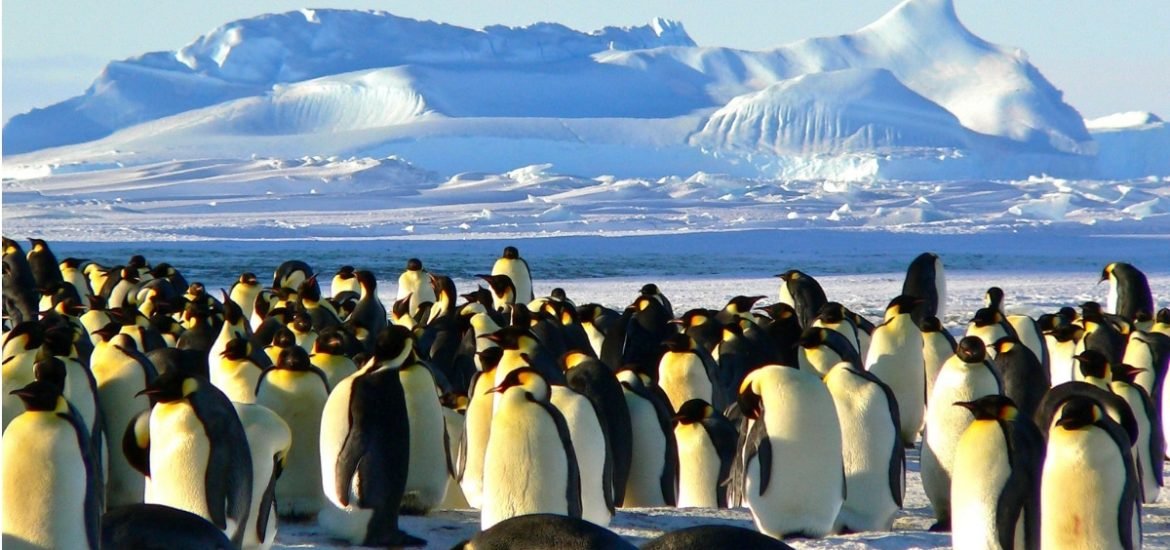
A new study slated for publication on 1 March 2019 in Science of the Total Environment has found that bacterial infections typically found in humans, including Salmonella serovar and Campylobacter species, are being spread to seabirds of the Antarctic (1). The authors report “three separate lines of evidence” suggesting so-called reverse zoonosis in Antarctica, and call for “stricter biosecurity measures to limit human impacts in Antarctica.”
Many diseases are known to be passed from animals to humans, including Ebola, tuberculosis, and Zika, however, fewer diseases are known to move from humans to animals. In fact, it was previously believed that reverse zoonosis did not exist at all in Antarctica ― disease transmission is not considered a huge threat in this area since polar environments are often thought of as being too cold and too isolated (2). But Dr Marta Cerdà-Cuéllar and colleagues from the Research Center for Animal Health in Barcelona, Spain have now dispelled this myth.
The researchers collected faecal samples from 666 adult birds of 24 different species throughout the Southern Ocean. including rockhopper penguins, Atlantic yellow-nosed albatrosses, giant petrels, and skuas. The samples were collected directly from the animals at four different locations on seabird migratory routes ― Livingston Island, off the Antarctic Peninsula; and the Southern Ocean outposts of Marion Island, Gough Island, and the Falkland Islands ― between 2008 to 2011.
Bacterial species isolated and identified from faecal samples were compared to common strains found in humans and domestic animals. Some of the bacterial DNA was a close match to Campylobacter jejuni, a common cause of diarrhoea and food poisoning, suggesting humans may indeed be passing bacteria to seabirds. In addition, certain strains of Salmonella and an antimicrobial-resistant form of Campylobacter lari were found in all four locations. Moreover, some of the bacterial strains found in birds were shown to be resistant to the antibiotics commonly used in human and veterinary medicine.
According to the authors, the scarcity of infections ― such as Salmonella, which is typically observed in scavenging birds found in urban areas ― in seabirds suggests they are not indigenous to the seabirds of those regions. The authors write, “The increasing spread of pathogens, underpinned by globalization and climate change, now affects the most remote areas on Earth.” Furthermore, they suggest governments and scientific organizations must do more to limit human impacts in Antarctica, such as enforcing existing rules on human waste since it can spread bacteria.
The findings show that animals in isolated polar climates can pick up diseases from tourists or visiting scientists. Unfortunately, this could lead to “devastating” effects on Antarctic bird colonies since most birds have not been exposed to these strains before. While it may be impossible to put a stop to tourism and scientific ventures, perhaps this increased awareness will foster stricter rules that may help stop the transmission, at least to some degree, of potentially dangerous pathogens to seabirds.
(1) Cerdà-Cuéllar, M. et al. Do humans spread zoonotic enteric bacteria in Antarctica? Science of the Total Environment (2018). DOI: 10.1016/j.scitotenv.2018.10.272
(2) Messenger, A.M., Barnes, A.N., and Gray, G. C. Reverse Zoonotic Disease Transmission (Zooanthroponosis): A Systematic Review of Seldom-Documented Human Biological Threats to Animals. PLoS One (2014). DOI: 10.1371/journal.pone.0089055